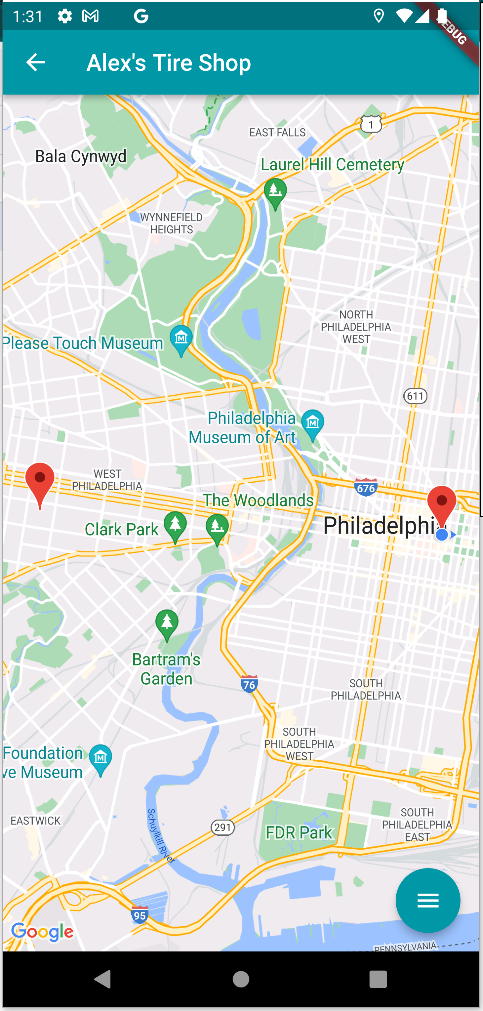With the likes of Amazon and Walmart offering reliable same-day or next day delivery options, modern-day businesses must adapt their delivery strategies to beat the competition amid increasing customer expectations. Damaged products and delivery delays can drive off loyal customers.
But when it comes to selecting delivery providers, businesses are often overwhelmed with new terms, such as routing and scheduling and many people might even confuse these terms.
It is important to understand that there are key differences between routed and scheduled deliveries. Savvy business managers are aware of the benefits and drawbacks of each technique to effectively select a delivery option and provider.
The following blog we will look further into routing and scheduling, helping the reader to understand how each technique fits into an effective delivery strategy.
Scheduled Delivery: How it Works
Scheduling delivery is the practice of assigning specific time windows and delivery professionals to each order. In other words, scheduling defines which driver will manage different deliveries at a given time. DeliveryCircle offers this kind of delivery option, especially for our business clients who distribute tires and automotive parts.
A scheduled delivery provider like DeliveryCircle considers various factors, such as the number of available vehicles and drivers. We accept requests from different retailers and create delivery timelines based on vehicle and driver availability. Following this, we and other delivery providers assign each driver to specific time windows so that the products are delivered to our clients.
The main purpose of scheduling is to ensure your products reach customers at the right time. It also optimizes workforce availability by helping determine how many workers are need on a specific day. This in turn allows us to save money on deliveries for our clients.
Routed Delivery: How it Works
Routing is the process of determining the optimal delivery routes or directions, based on a pre-defined schedule. DeliveryCircle, as a delivery provider, uses custom route optimization software to determine precise delivery routes based on weather, traffic, and vehicle capacity constraints. We also factor in our clients special needs: for example, during a contract year, our client wanted certain delivery customers to receive their products earlier in the day, so they can do work during the workday. DeliveryCircle is able to manage that and service out clients. In so doing, we are able to minimize travel time and fuel costs, with a lot of client success to show for it.
Benefits of Optimized Delivery
Enhanced Customer Experience
A major goal of delivery routing and scheduling is to ensure on time delivery. Both techniques minimize delivery delays while reducing fuel costs and driver spending, which in turn can reduce other costs such as insurance, risks and management overheads. Moreover, route planning and scheduling software helps customers track the delivery status and ETA. It improves transparency.
Optimized Shipping Costs
With effective route planning and scheduling, delivery providers can minimize waste and accidents. Business managers eliminate overspending due to longer routes and wasted work hours. That, in turn, helps businesses become more competitive.
Affordable shipping rates helps acquire new customers and win trust and customer loyalty through the best last mile delivery providers. Lower rates also encourage existing customers to make repeat purchases. All these factors contribute to your company’s bottom line and help you generate more revenue.
Guaranteed Scalability
With route planning and scheduling, your delivery provider is prepared to handle any number of delivery requests. As your business grows and attracts new customers, scheduling and route optimization tools seamlessly accommodate more deliveries. Likewise, if your business experiences a seasonal surge in sales demand, routed and scheduled deliveries help you remain flexible and seamlessly meet growing customer demand.
How to Optimize Routed and Scheduled Delivery
Both routing and scheduling use software and algorithms to ensure optimal deliveries. Routing focuses on optimizing travel time and cost-efficiency and scheduling ensures proper manpower utilization. Businesses should identify delivery providers that combine both routed and scheduled deliveries. If this is something that you and your team would like to discuss further, please contact us.








